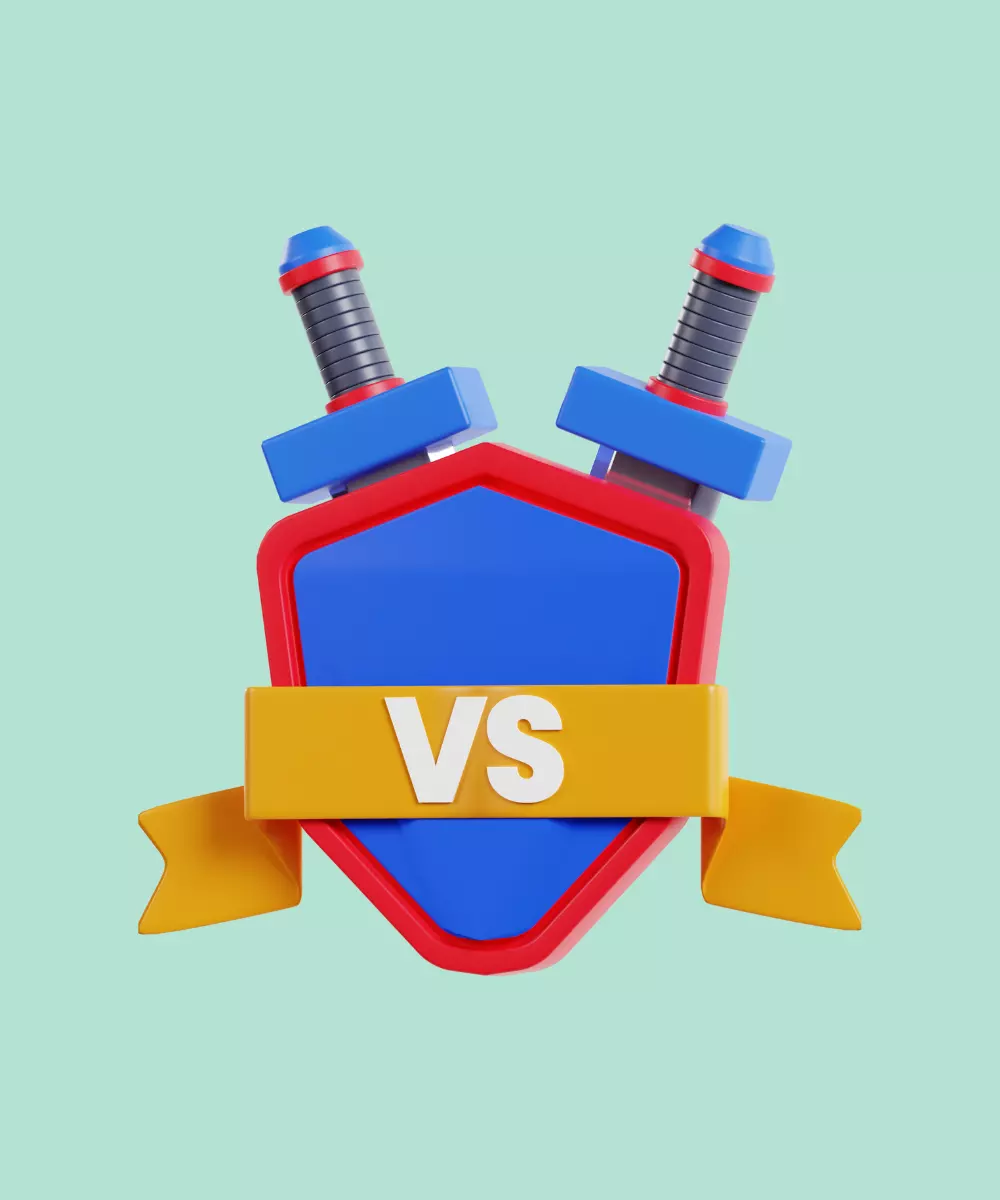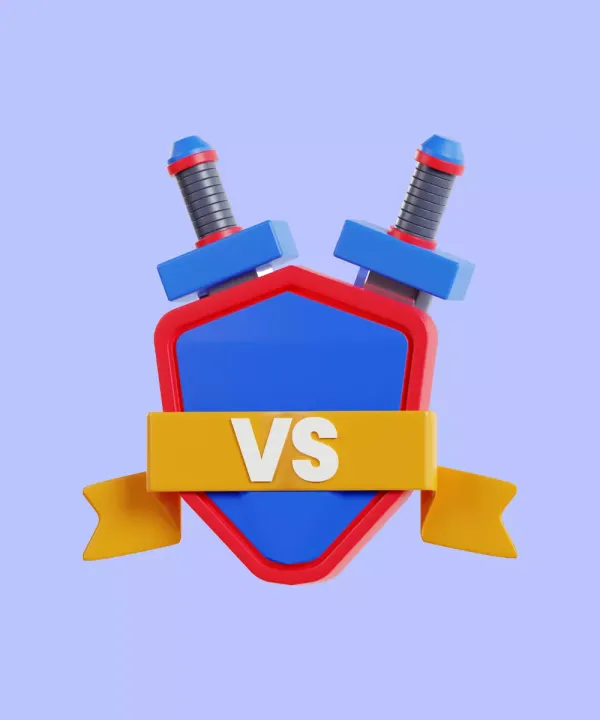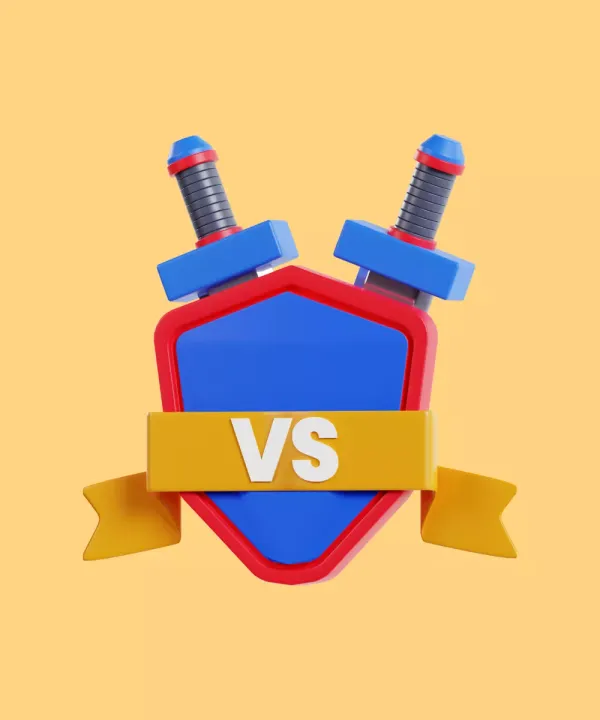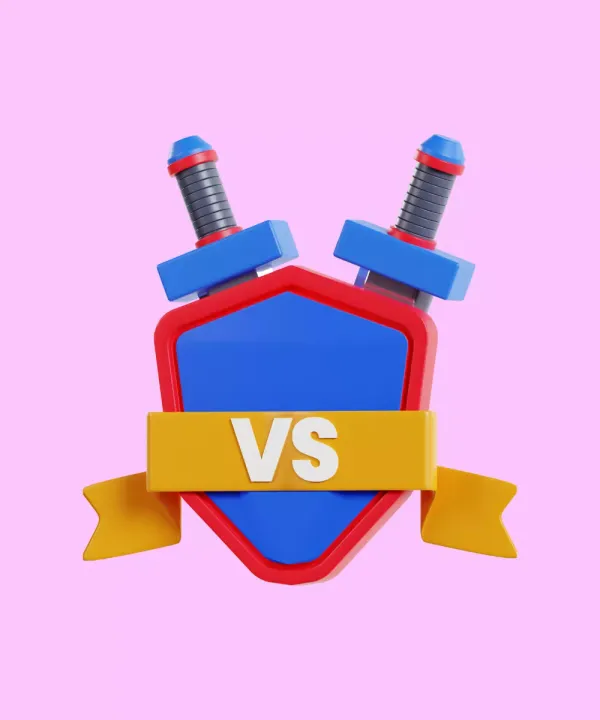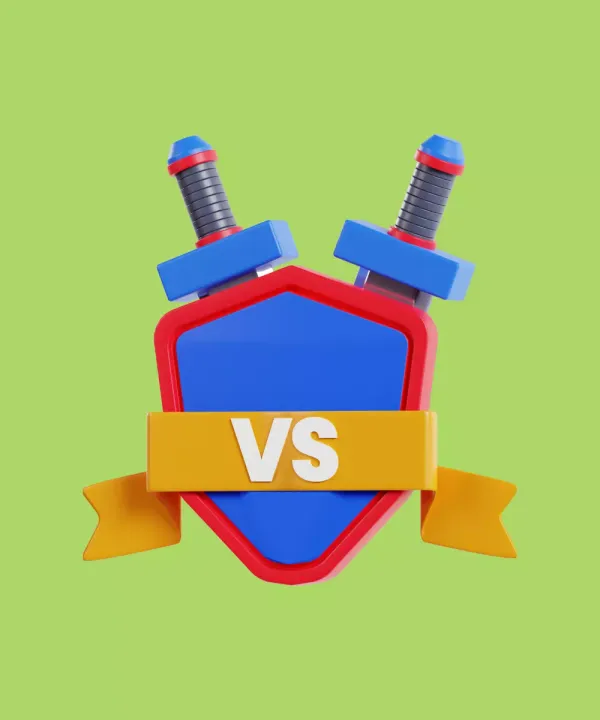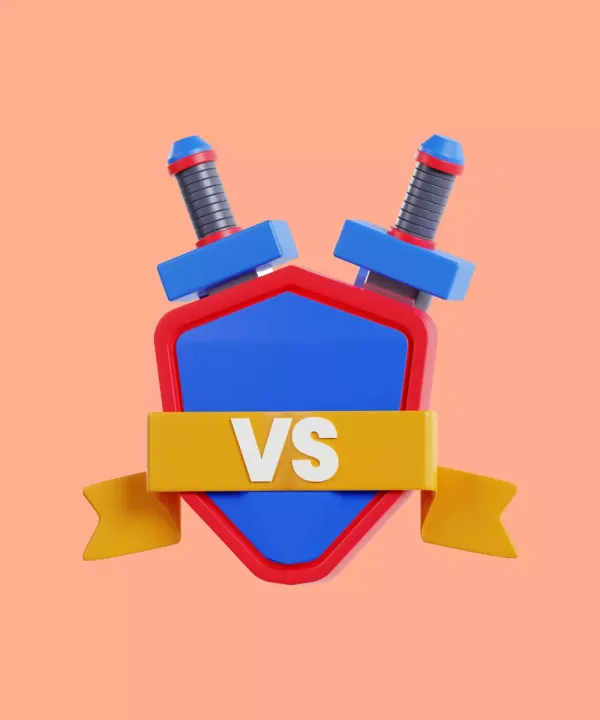Cross-platform apps remain of great interest for many businesses as native apps for iOS and Android are more expensive to develop and maintain. Besides, cross-platform development is not as complex as native and it is also an important point for business. Since 2018, Flutter’s cross-platform framework has been on the rise in many industries, including retail, fintech, healthcare and e-commerce.
If we are to compare native development vs. Flutter, both provide high scalability and quality user experience. But creating your app with Flutter is faster, and the development process will be easier as you need fewer developers, and it will take fewer hours of their work.
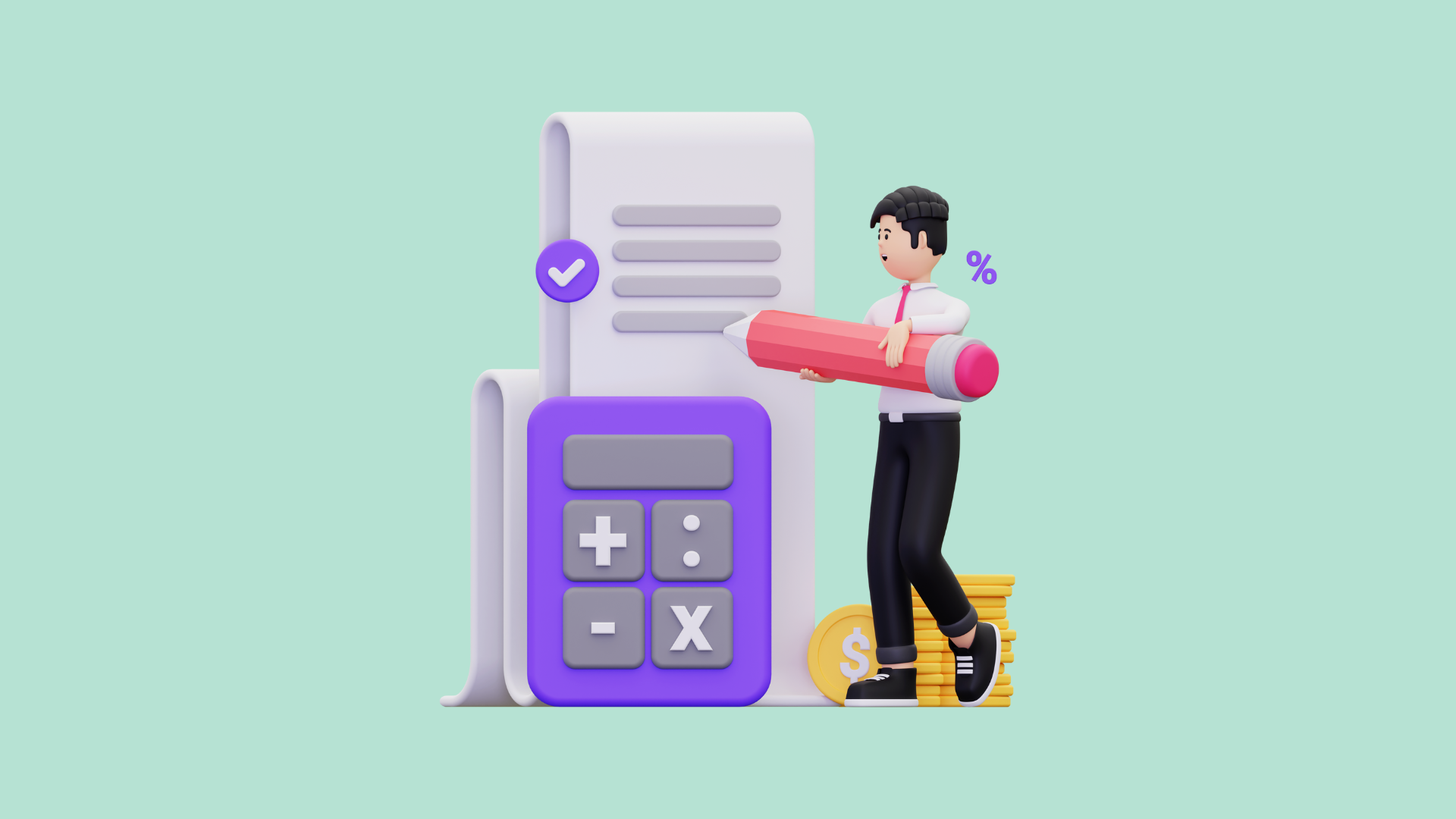
This comprehensive guide will give an in-depth analysis of Flutter and Native, along with their pros, cons, and unique features. Whether you're an aspiring mobile app developer or a business owner looking to invest in mobile apps, this article will guide you to make the best choice for your specific needs.
Native App Development: Overview
Native app development involves creating applications that are tailored for specific platforms like iOS, Android, or Windows. This allows them to optimize the use of device-specific features, such as the camera, accelerometer, compass, and GPS. These apps are typically downloaded and installed via app marketplaces, such as Google Play for Android devices and the App Store for iOS devices.
Native applications are developed using the core programming language and IDE of each platform – Java or Kotlin for Android and Swift or Objective-C for iOS. These applications can take full advantage of the features offered by the operating system and the device itself.
Key features
Here's a table that outlines some of the key features of native mobile development.
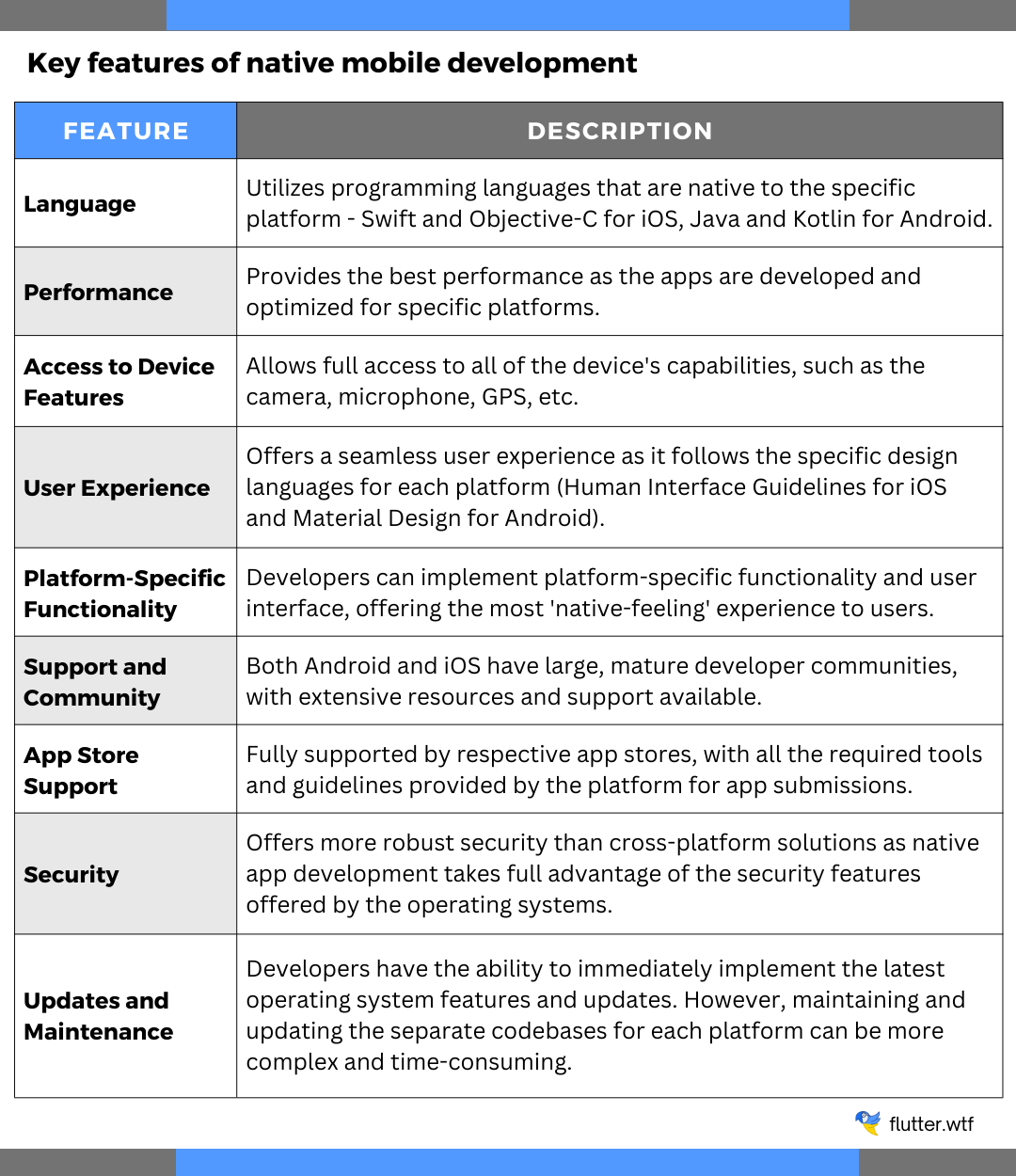
Remember, though native development comes with several advantages, it can also be more resource-intensive, requiring platform-specific expertise and separate code bases for each platform.
Native App Development: Pros & Cons
Despite the rising popularity of cross-platform apps, native app development remains a steadfast component in the tech ecosystem. Due to its inherent strengths and unique benefits, native apps continue to hold a significant place in the world of mobile technology.
Pros
The following attributes underscore the key advantages of native app development:
- Mature platforms. Both Android and iOS platforms have matured through numerous transformative phases, suggesting that their respective native mobile frameworks possess a wealth of features. These features, coupled with the continuous cycle of improvements, updates, and modifications, contribute to the creation of potent and responsive apps.
- Modern declarative UI framework. Jetpack Compose and SwiftUI, provided by Android and iOS respectively, are the current declarative UI frameworks. These tools expedite and simplify the implementation of updates in native apps.


- High performance. Native development, which entails crafting apps for specific platforms, often offers superior performance relative to other technologies. Native apps ensure a platform-specific UX/UI, swift loading and execution of processes, and generally fewer bugs.
- Immediate availability of platform library updates and new technologies. Native development facilitates immediate access to all library updates and new technologies, accelerating the development process and enhancing developer productivity.
- Easier to work with device hardware. Native apps, running directly atop the underlying operating system, have direct access to the device's hardware. This feature speeds up the usage of the camera, GPS, and microphone. It also makes native technologies the go-to choice for games with complex 3D animation and graphics, or processor-intensive apps like video editing.
- More 3rd-party libraries. An abundance of 3rd-party libraries and SDKs, particularly beneficial for developers, is a hallmark of native technologies. Developers can also count on strong community support to address any queries during the development process.
Cons
Native app development also has a few notable challenges:
- Maintenance of two separate codebases. Maintaining two separate codebases can be daunting, requiring more effort and resources compared to a single codebase application.
- Development and QA costs. Since native app development necessitates two distinct teams, the overall cost of development is usually higher than with cross-platform development.
Flutter App Development: Overview
Flutter is an open-source UI software development kit (SDK) created by Google. It's a comprehensive toolkit for building visually stunning, natively compiled applications for mobile, web, and desktop platforms - all from a single codebase. It uses the Dart programming language and provides its own widgets, making it immensely powerful and flexible.
Key features
Here are some of the most important features that Flutter brings to the table:
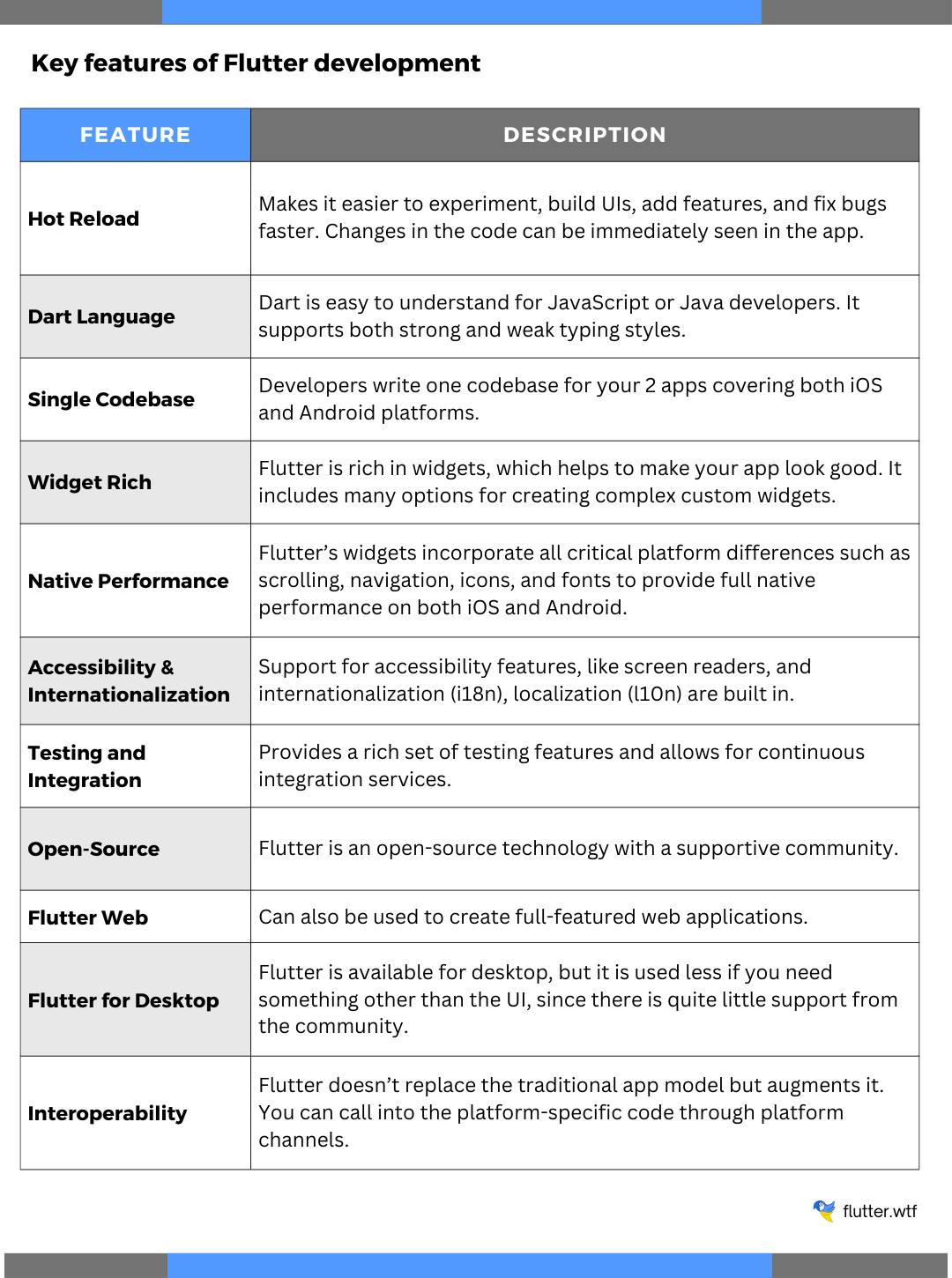
Flutter App Development: Pros & Cons
Flutter, Google's cross-platform app development framework, has become a favored technology for many business owners and software developers due to its exceptional features and flexibility.
Pros
Let's examine the key benefits of Flutter:
- Single codebase. Flutter enables the development of a single codebase for all platforms, significantly reducing the overall development cycle. The unified codebase can be used for Android, iOS, web, desktop, and other platforms, ensuring faster development and earlier market release.

- Multiple platform support. Flutter supports multiple platforms including Web, Windows, Linux, Mac OS, and Mobile Platforms (iOS and Android). Mobile platform support is presently the most stable, while desktop and web platforms are still being refined.
- Modern UI approach (declarative UI). The declarative approach employed by Flutter ensures smooth integration between designers and coders, simplifying the tasks of web developers.
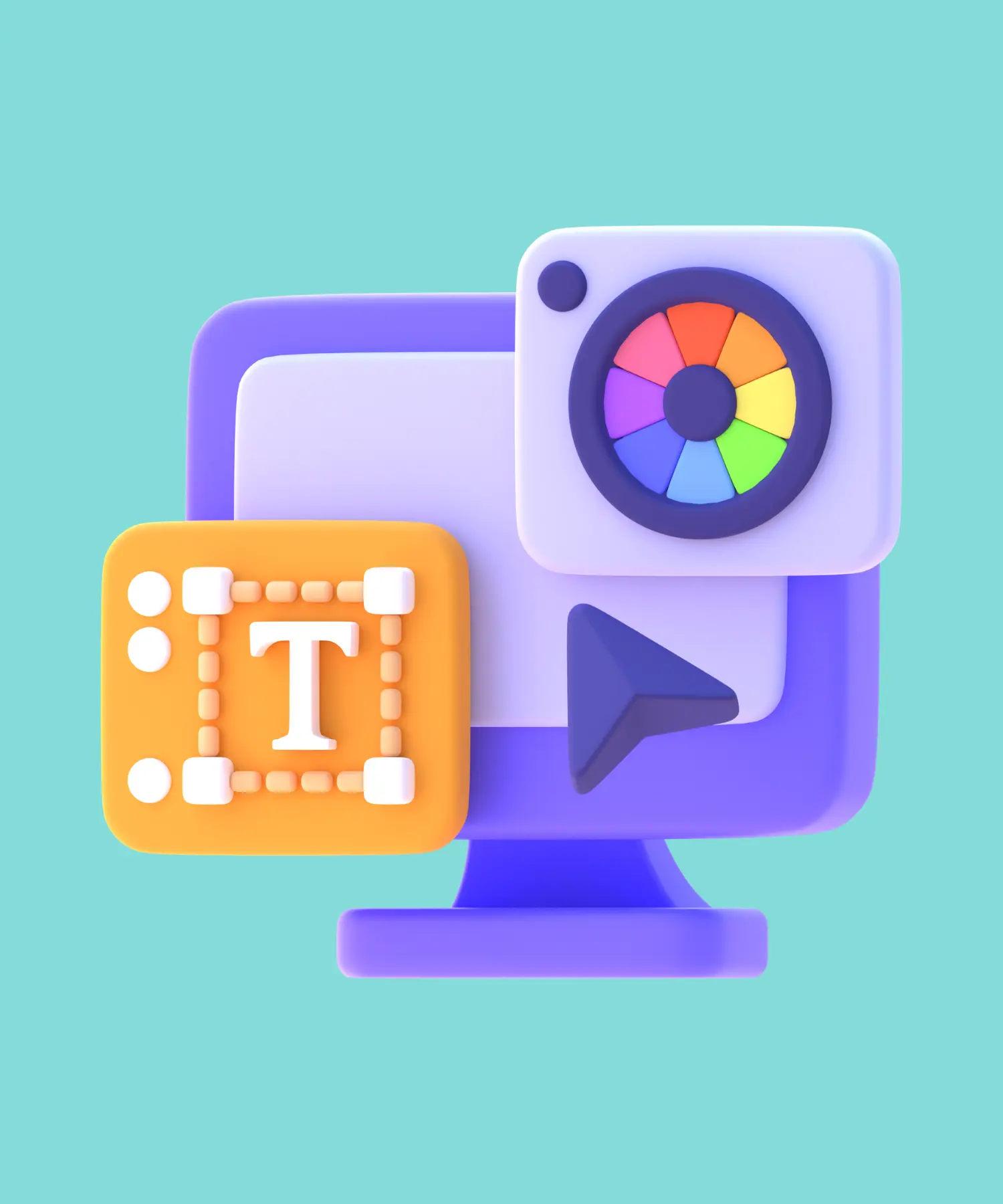
- Use of Google’s Dart programming language. Flutter leverages Google's Dart programming language, highly tailored to the framework's requirements and user-friendly for developers. Dart combines features of both static and dynamic languages, making it easy to learn.
- Easy integration into an existing native project. Flutter can seamlessly integrate into an existing native project, offering significant flexibility.
- Significant reduction in development and QA resources. As Flutter eliminates the need for two separate teams and codebases, it's a cost-effective solution requiring less maintenance than native apps.
Cons
Despite its strengths, Flutter does have some drawbacks:
- Challenges with platform hardware APIs. Working with hardware APIs, such as camera, Bluetooth, and location, can be more challenging with Flutter. However, these can be addressed by linking the Flutter code to relevant platform APIs or using a 3rd-party library, although this may require additional maintenance.
- Larger final archive size compared to native. Typically, Flutter apps have a larger archive size (around 15-20 MB more) than native apps due to the additional engine code included in the app. It's noteworthy that this is a common issue with most cross-platform apps, not just Flutter.
Flutter vs. Native: Comparative Analysis
The Flutter vs. Native debate cannot be settled without comparing key aspects such as performance, development time, cost, user experience, and access to device features.
Here's a comparative analysis between Flutter and Native app development:
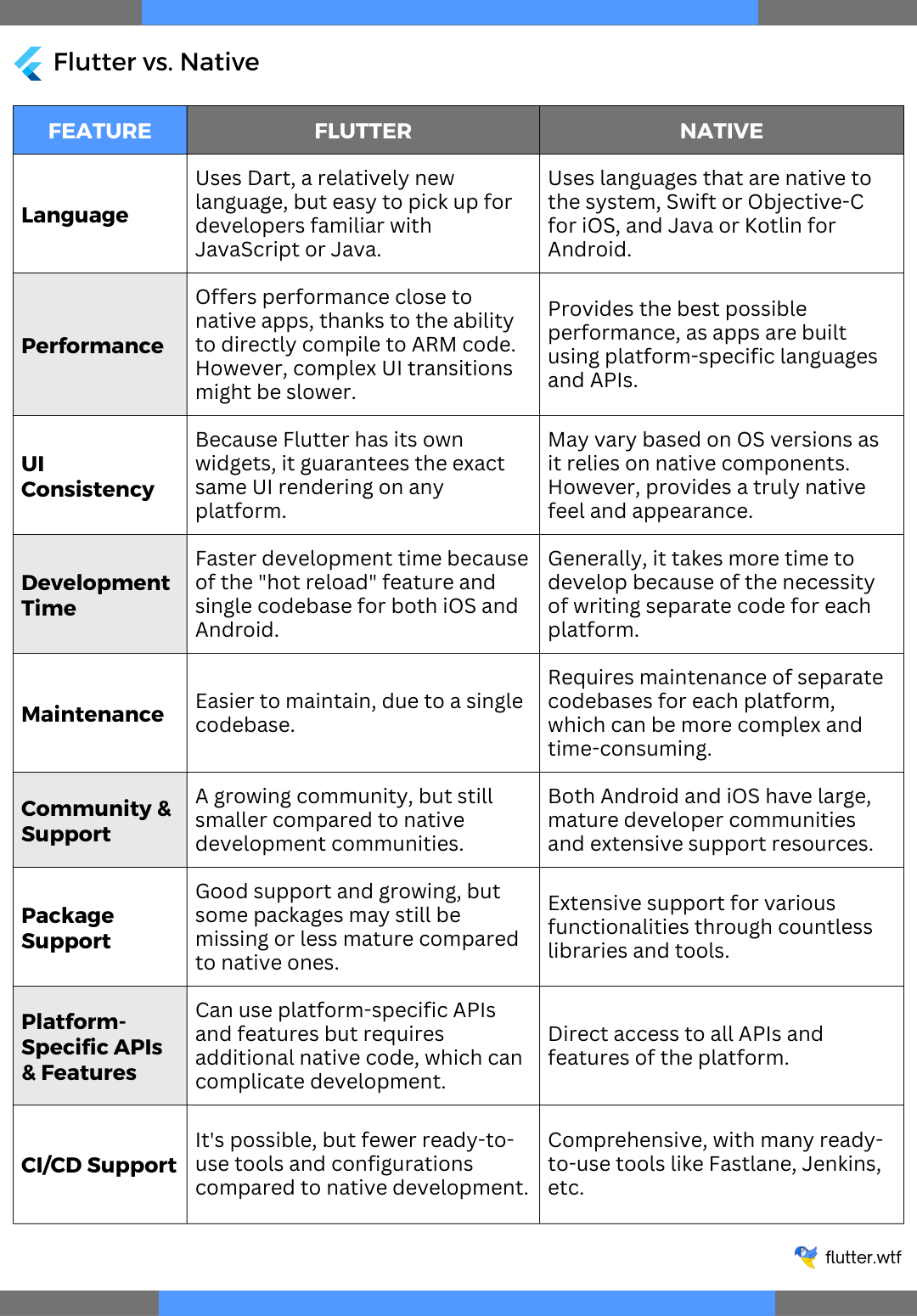
In conclusion, while Flutter excels in creating visually appealing apps across platforms from a single codebase, it may not be optimal for apps demanding advanced graphics, intensive computation, or deep native features integration. In such scenarios, native app development might offer improved performance and greater flexibility. However, Flutter's single codebase, rich widget library, and the Dart language make it a compelling choice for most apps, promising faster development, easier maintenance, and cost-effectiveness. The decision between Flutter and native development should align with the specific needs and constraints of your project.
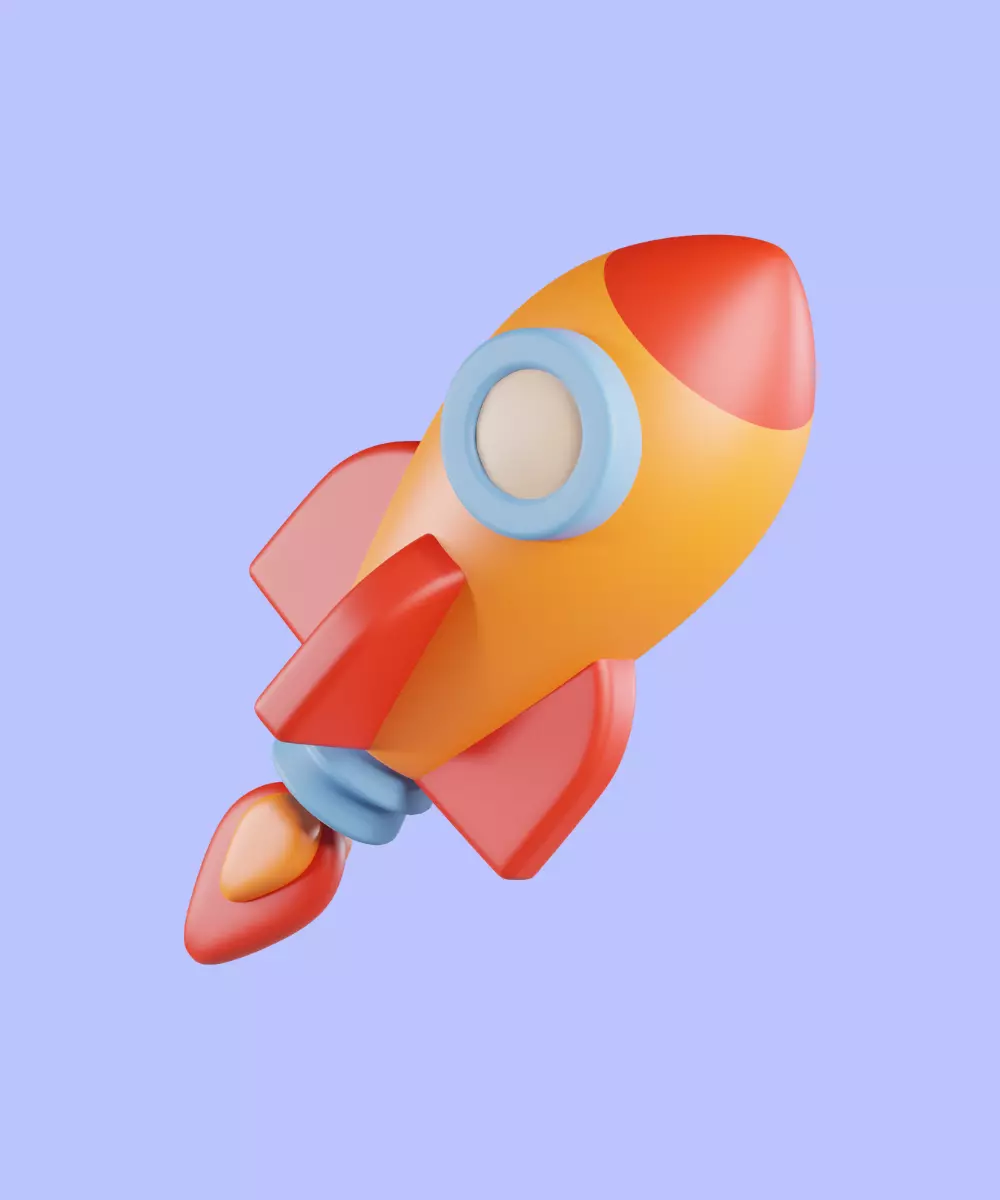
Flutter vs. Native: Use Cases
Choosing between Flutter and Native depends on your specific project requirements, deadlines, and budget. Here is a table illustrating the appropriate use cases for choosing either Flutter or Native app development:
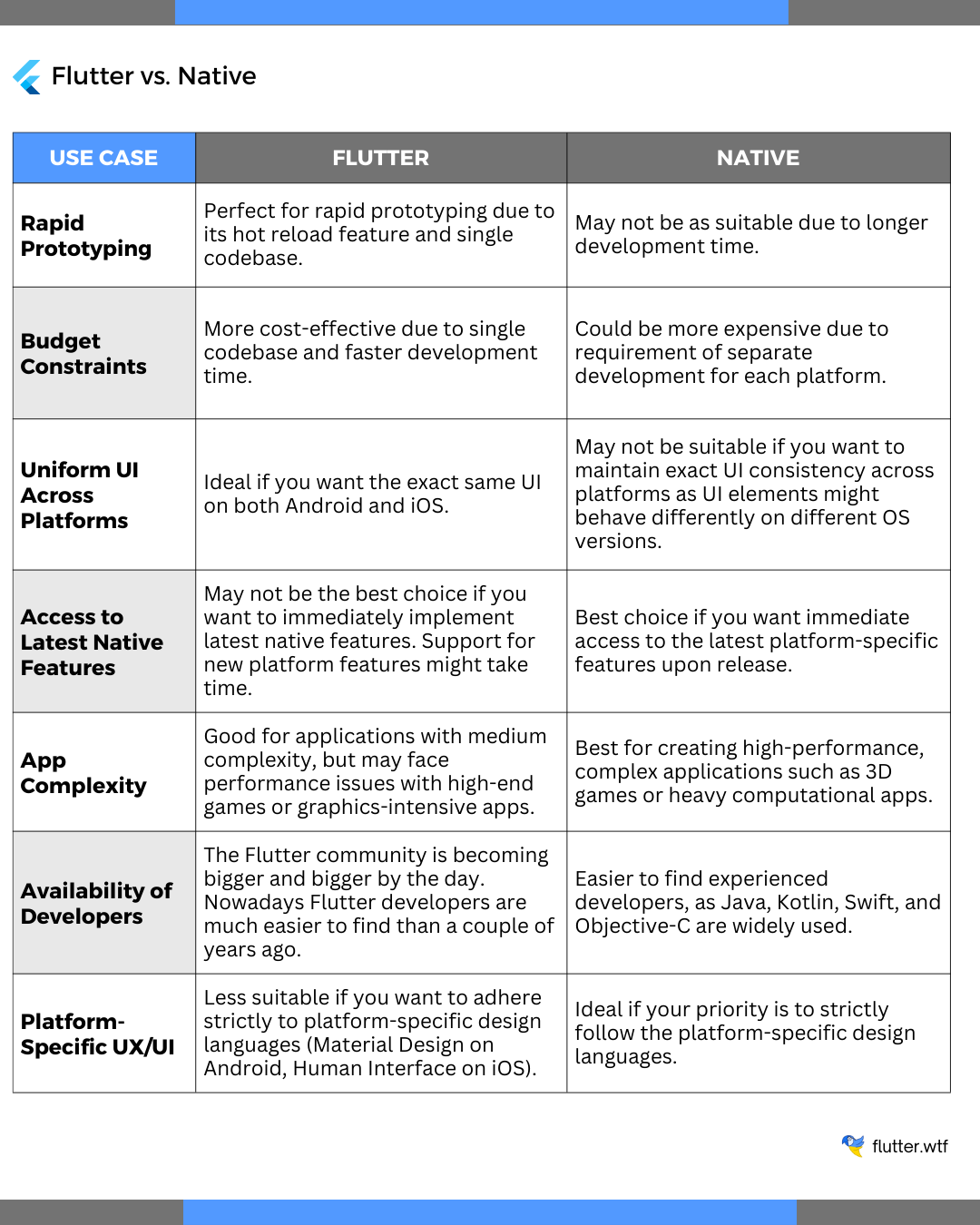
Remember, these are general use cases and the decision between Flutter and Native can depend on a variety of other factors specific to the project or organization.
Conclusion
In the Flutter vs. Native debate, the choice depends on your specific app requirements and the resources at hand. Flutter is perfect for developing high-quality apps quickly and at a lower cost, while Native is the go-to choice for complex apps needing a high level of native functionalities.
Remember, the choice of platform is crucial to the success of your app. Thoroughly consider all the factors before making a decision. If you need any further assistance, feel free to reach out to our team at What the Flutter. We're here to guide you on your app development journey!


